When it comes to designing and making a garden, it's always worth seeking advice
What might be difficult for you will come naturally to those with years of horticultural experience — Don't be afraid to ask for help.
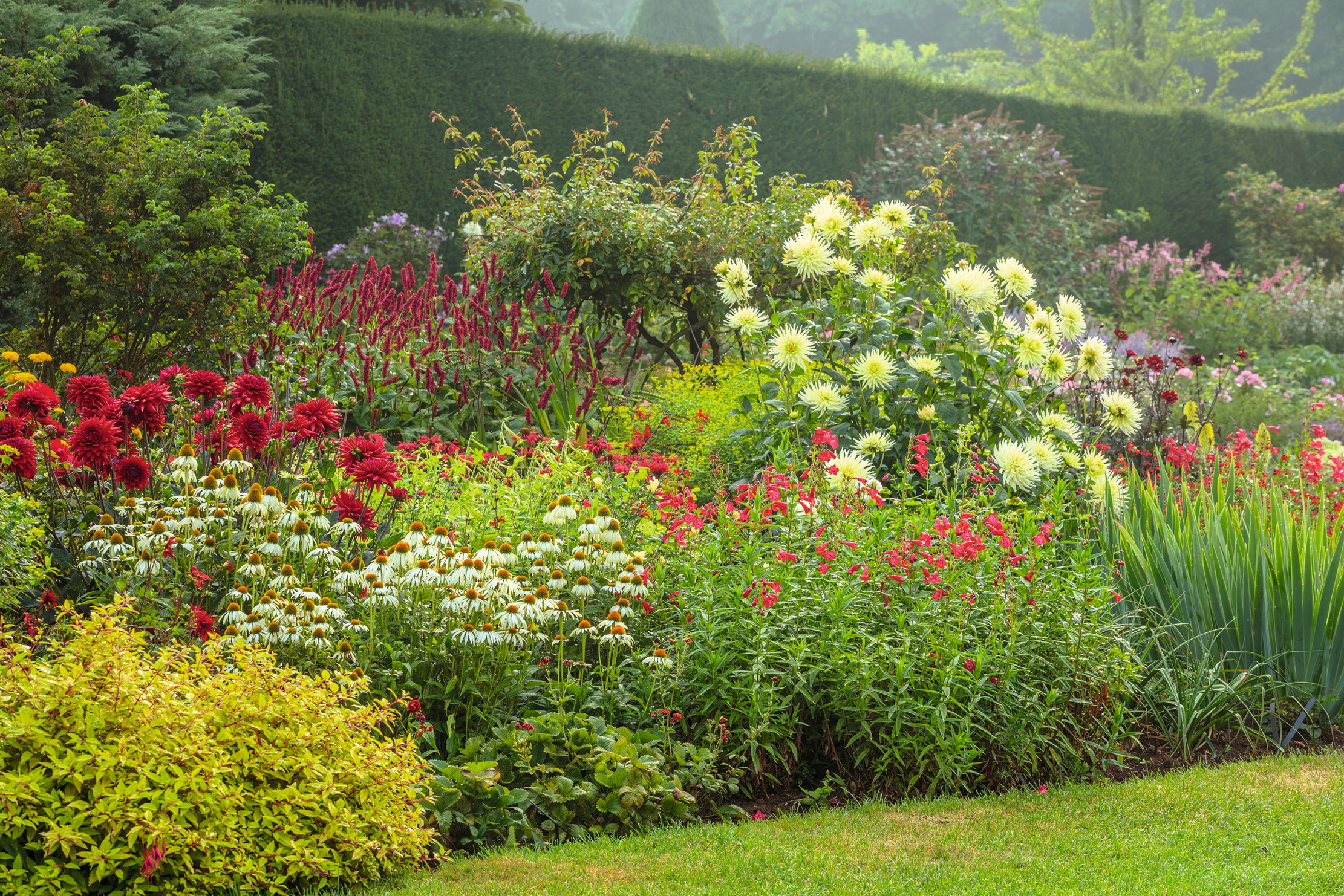

More years ago than I like to think, when I was wondering where on earth to begin with making something of our London back garden, a 60ft by 40ft rectangle of moss rimmed with a scrappy strip of inert soil pretending to be a flowerbed, the writer and gardener Ursula Buchan gave me some advice I have always remembered. Making a garden, particularly a flowerbed, is one of the most difficult things you can do, she told me, and if someone offers to help you, say yes.
At the time, the designer Mary Keen had very kindly offered her help and she brilliantly transformed the garden by suggesting I make two huge planting beds that would run along either side of a central limestone path (Yorkstone was out of our price range). Why not lay a terrace outside the kitchen and lawn at the far end? The even cleverer part was the planting, which was tall and airy and filled with colour and form, offering something in every season. It was beautifully balanced, with an elegant vase-pruned amelanchier, which offered delicate limbs and even more fragile looking flowers.
Later, its leaves took on soft autumn colours. There were shrubs, as well as perennials, and I fell in love with Rosa ‘Mrs Oakley Fisher’. She was a beast with her sharp thorns, but her graceful apricot-orange single flowers with the deep-red stamens were enchanting, especially the way they closed at night. Charles Quest-Ritson, in his RHS Encyclopedia of Roses, declares her to be the finest of the Single Flowered Hybrid Teas so popular in the 1920s. Quite right, too.
'Making a garden is one of the most difficult things you can do, and if someone offers to help you, say yes'
It never ceases to astonish me the way garden designers visualise how something can be changed for the better. More particularly, how they manage to strip away the unnecessary distractions of what is present — some hideosity that freezes the ordinary mortal’s brain with its apparently intransigent existence — to impose upon grass and soil a three-dimensional apparition.
When I first started mulling over plans for the garden that I now have, trying to feel my way towards uniting the upper and lower parts, it simply never occurred to me that the obvious solution was to create two new beds on the upper grass terrace with a gap between them that held the view to the lower garden and the fields beyond. But it was the work of a moment for the designer James Alexander-Sinclair, whose idea it was. It’s as if what is not there exerts a more powerful force on their imaginations than does the actual world.
In her new book What Makes a Garden, Jinny Blom makes the case for garden-making being the highest form of all the Arts and Sciences because it brings ‘the mutable and immutable materials of the world together’ to create a living art form — although, perhaps, such elevation is not always obvious to those with palms calloused from digging and nails stained with soil.
When, in 1991, Susie Pasley-Tyler took over from her mother-in-law the great borders at Coton Manor in Northamptonshire, she developed, through endless learning and discovery, a deep understanding of how plants work. Today, her borders astonish all who visit. Not only by their size — they are immensely long and deep — but because they keep you transfixed throughout. She has a lovely and very personal sense of colour and form, using these in the same way that a composer adapts and repeats a phrase. The results are so satisfying that visitors keep returning throughout the season to watch the borders develop. Wandering the borders and analysing how they have been put together is one way to understand this mystic art.
Exquisite houses, the beauty of Nature, and how to get the most from your life, straight to your inbox.
Another had been to attend the Coton Manor gardening school, sadly shut at present, but, at last, Mrs Pasley-Tyler has put her knowledge down on paper with the publication this month of Gardening with Colour at Coton Manor. The supporting photographs by Andrew Lawson are plentiful, as they should be, and very true to the garden, but it is the planting information that makes this a book worth buying for anyone wanting help with their own garden.
I particularly enjoyed the stories about her father-in-law’s cousin, the esteemed landscape architect Antony du Gard Pasley (1929–2009), who enjoyed bluntly pointing out the many things he considered wrong at Coton. On his first visit, he gestured with his cane at the wire fence that ran through one border to keep out the rabbits and said: ‘Remove this wirescape.’ It was a daunting job and took a very long time but, as Mrs Pasley-Tyler recounts: ‘Of course, he was right.’
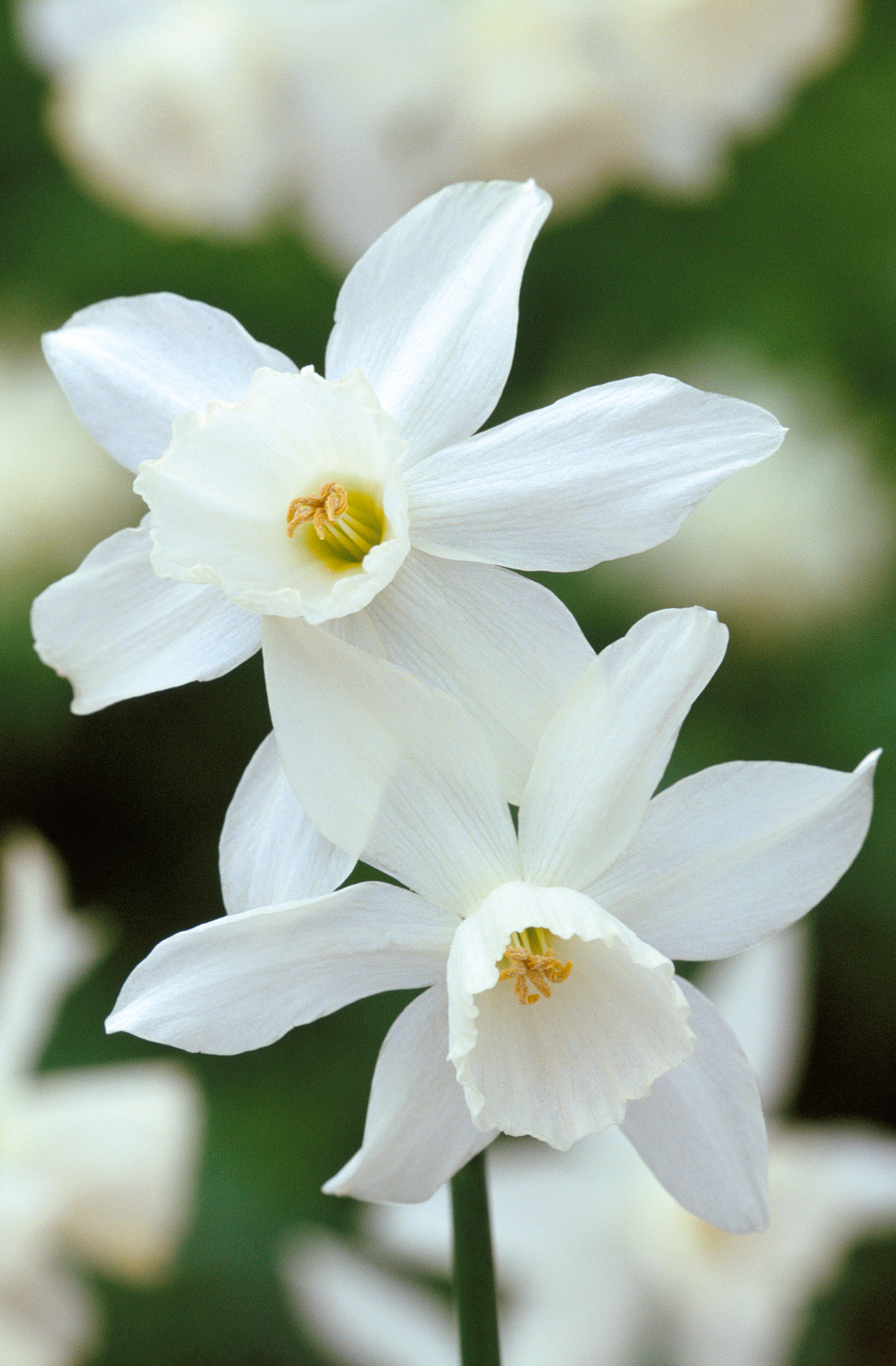
Alan Titchmarsh: Wordsworth was dead wrong about lonely clouds — but he was on to something with daffodils
Alan Titchmarsh loves daffodils — don't we all? — and shares some of his favourite varieties.
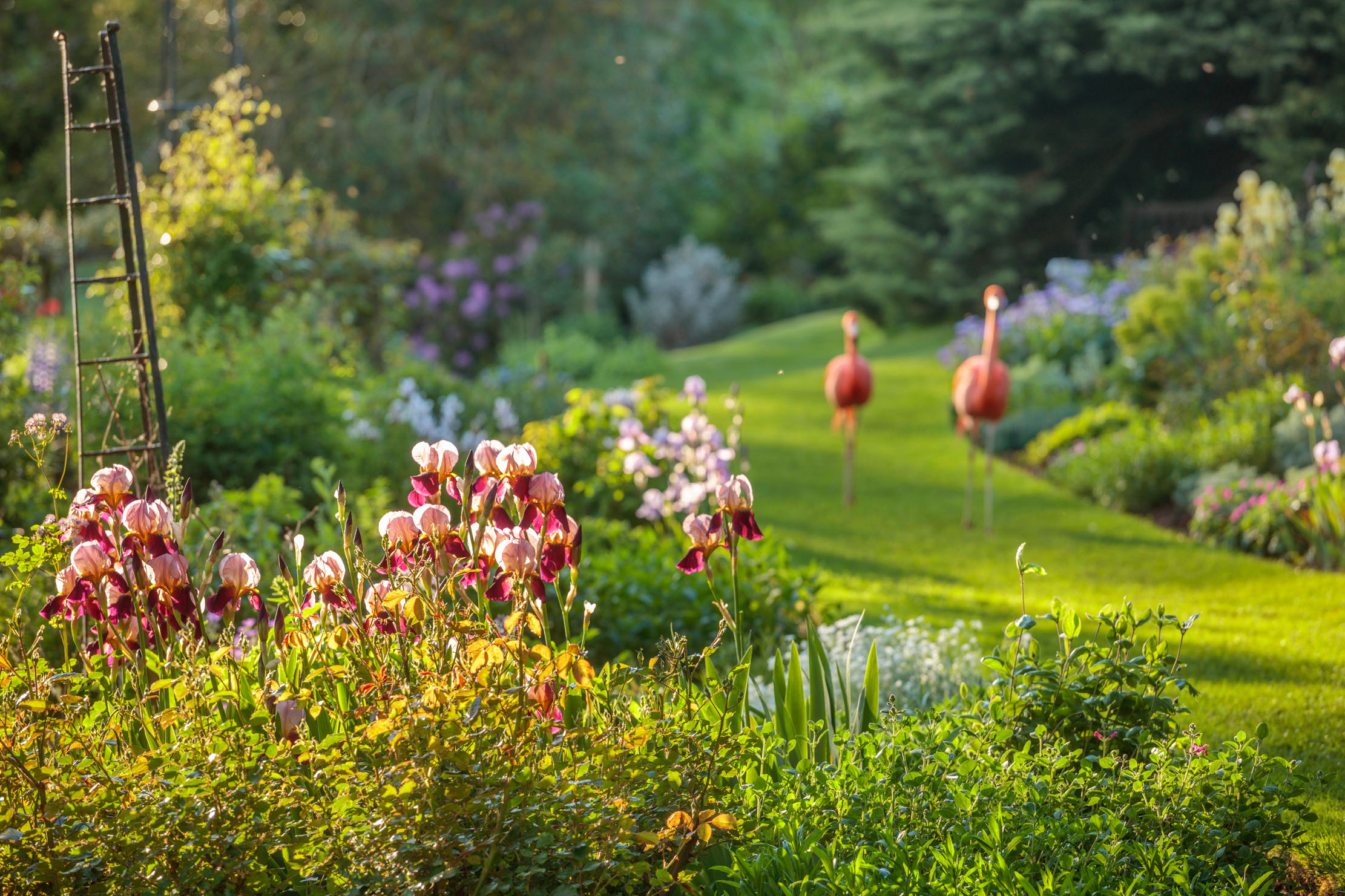
Coton Manor Garden: The symphony of colour where flamingos mix with flowers, voted Britain's best garden
Flamingos may draw the crowds, but it is the brilliant flower borders that keep people coming back to Coton Manor
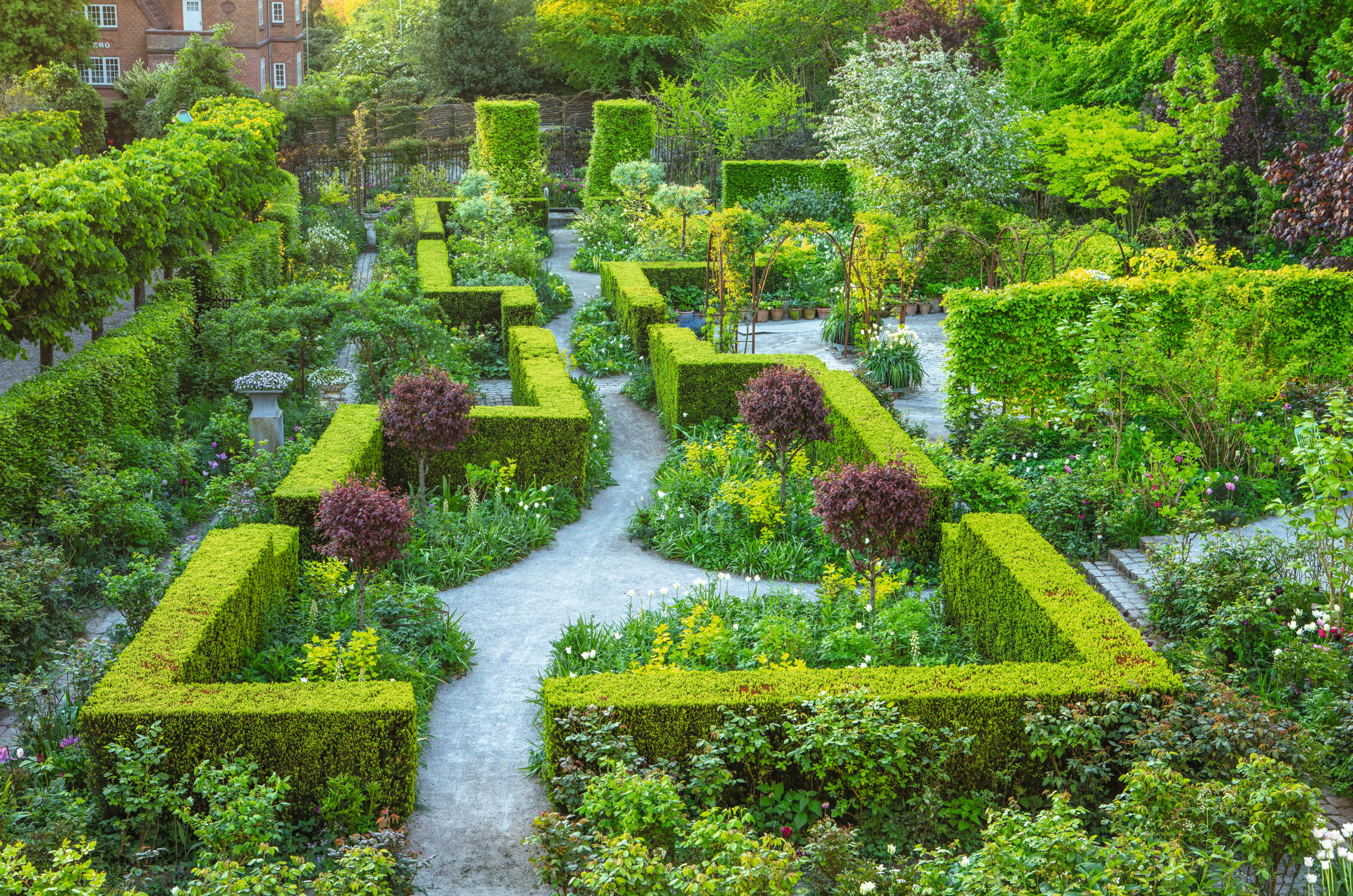
Betting your hedges: How taking a risk with your garden hedge could be the most rewarding job you ever do
As old as husbandry hedges may be, but that doesn’t mean they cannot be beautiful, too. Charles Quest-Ritson considers the

About thyme: the herb that goes with any dish
With more than 200 different varieties, there's a thyme to suit any gardener's preference
Previously the Editor of GardenLife, Tiffany has also written and ghostwritten several books. She launched The Telegraph gardening section and was editor of IntoGardens magazine. She has chaired talks and in conversations with leading garden designers. She gardens in a wind-swept frost pocket in Northamptonshire and is learning not to mind — too much — about sharing her plot with the resident rabbits and moles.
-
 McLaren Special Operations — The secret Surrey skunkworks producing Britain's most bespoke supercars
McLaren Special Operations — The secret Surrey skunkworks producing Britain's most bespoke supercarsThere's owning a McLaren and then there's owning an MSO McLaren. James Fisher finds out what makes the bespoke division of Britain's premier supercar manufacturer so special.
-
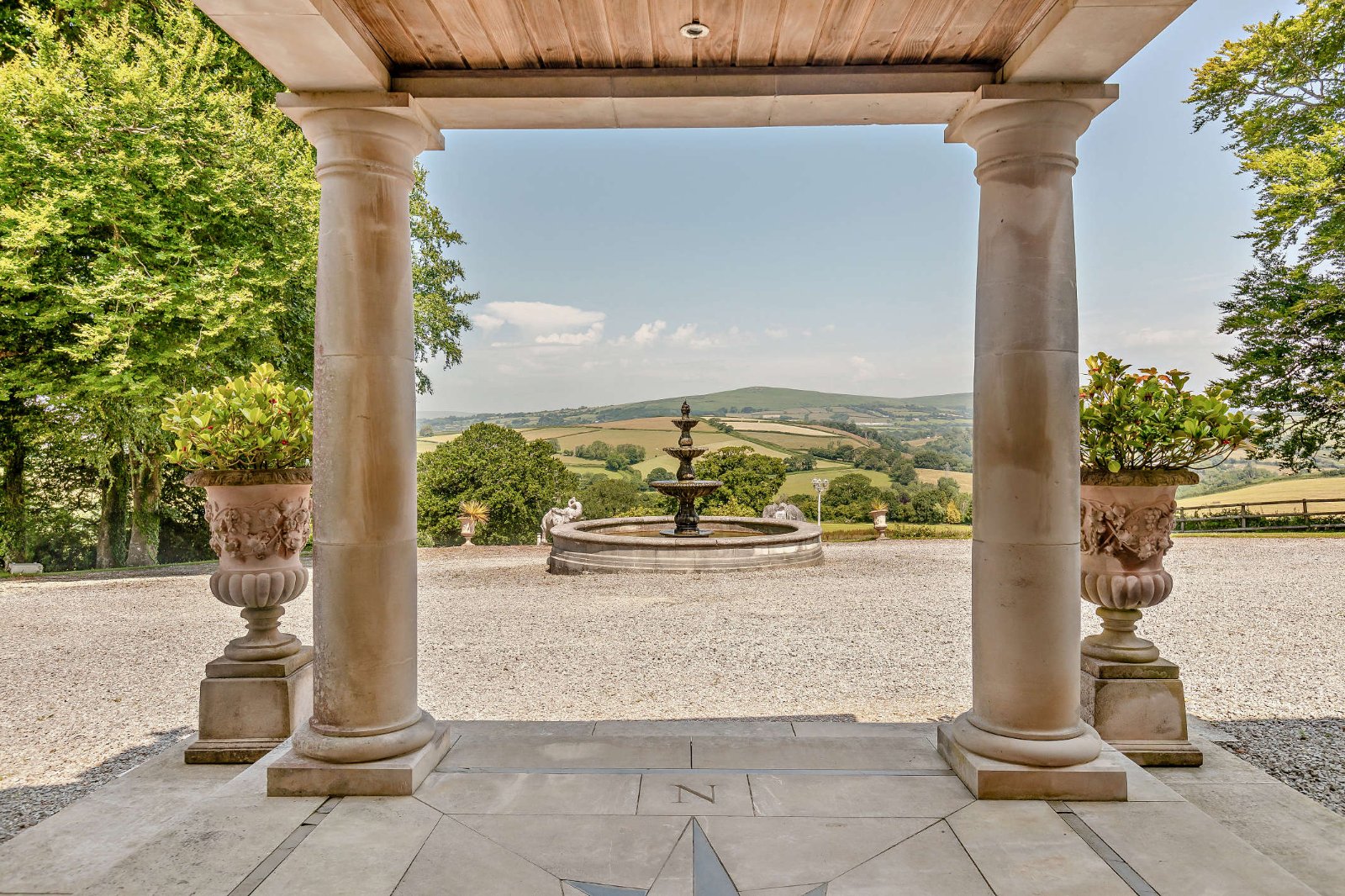 18 country houses across Britain, from £400,000 to £4 million, as seen in Country Life
18 country houses across Britain, from £400,000 to £4 million, as seen in Country LifeOur look at the homes to come to the market via Country Life this week picks out a charming Kent cottage and an Arts and Crafts house in Leicestershire.
-
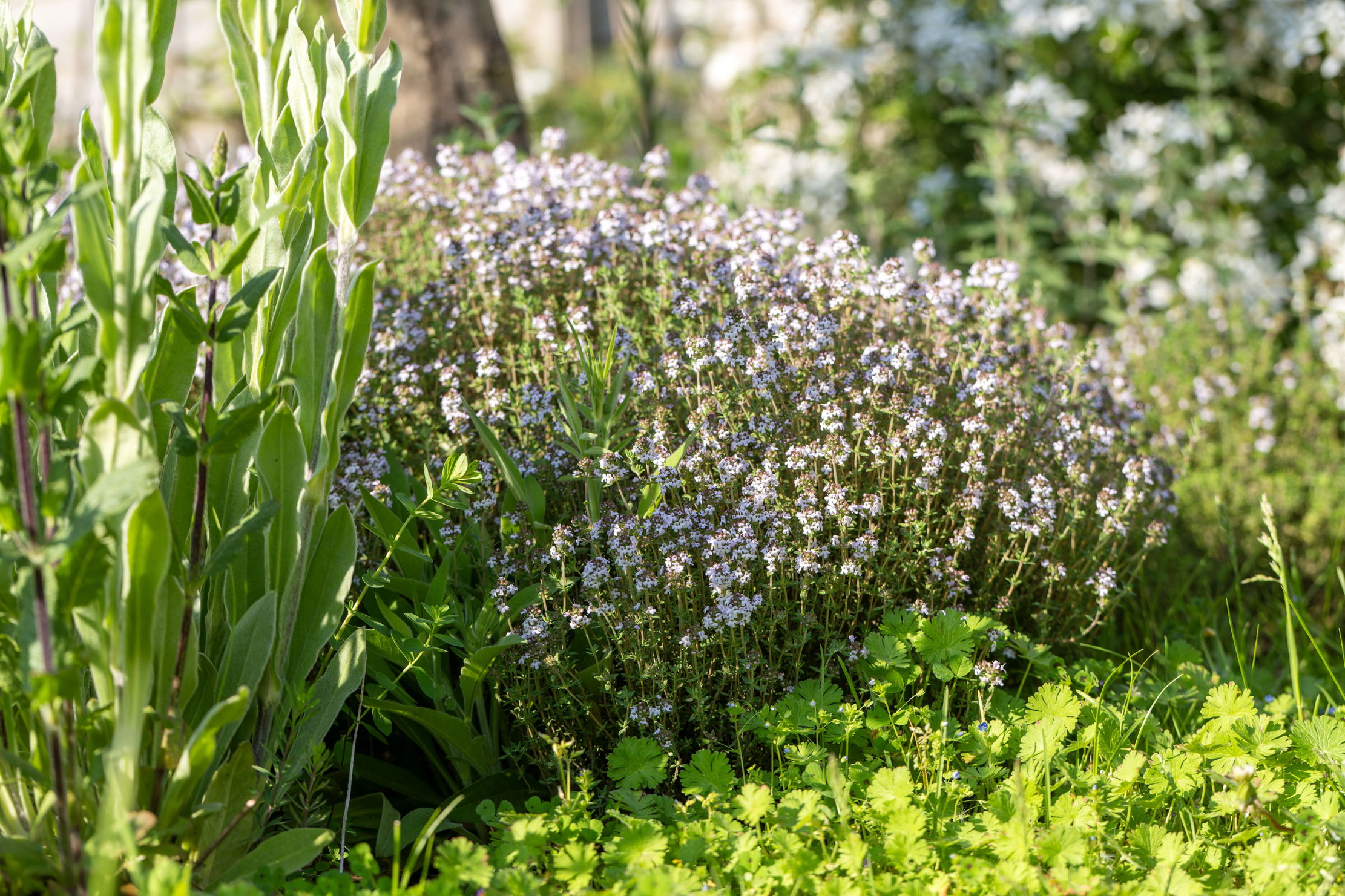 About thyme: the herb that goes with any dish
About thyme: the herb that goes with any dishWith more than 200 different varieties, there's a thyme to suit any gardener's preference
-
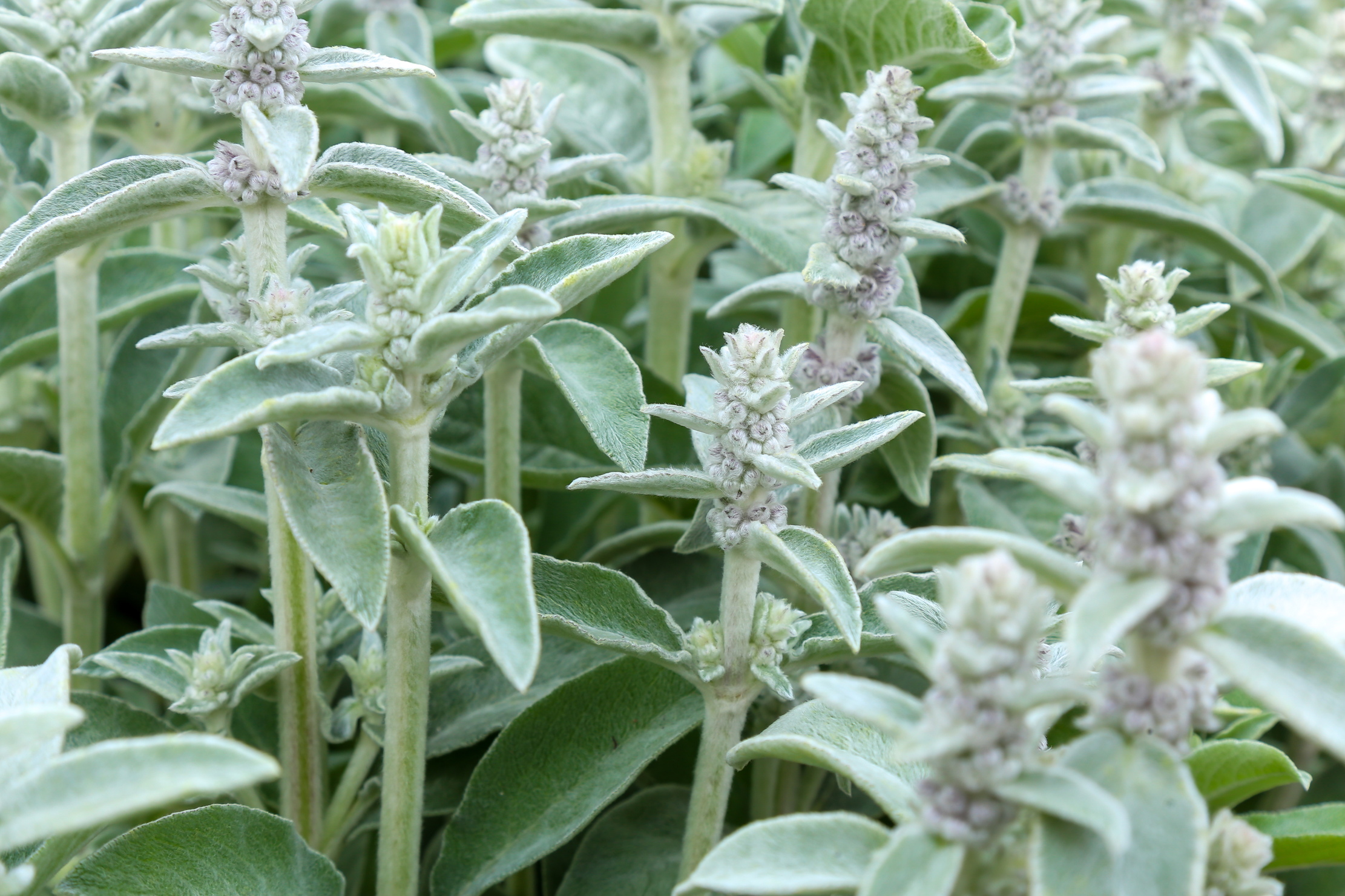 After a long winter, it's time to get out and start preparing for spring
After a long winter, it's time to get out and start preparing for springGardens Editor Tiffany Danneff shares her top suggestions for new plants and seeds this growing season.
-
 Charles Quest-Ritson: no chain, no gain — how using a chainsaw will improve your garden
Charles Quest-Ritson: no chain, no gain — how using a chainsaw will improve your gardenGardeners can be reluctant to take a blade to a healthy tree, but sometimes a severe pruning will leave both plant and garden in better health.
